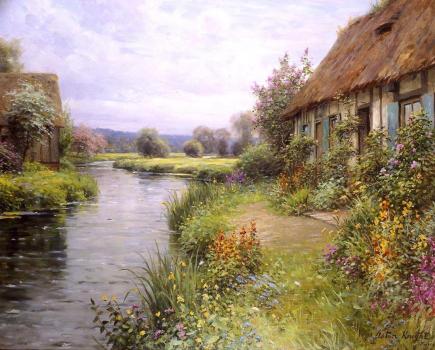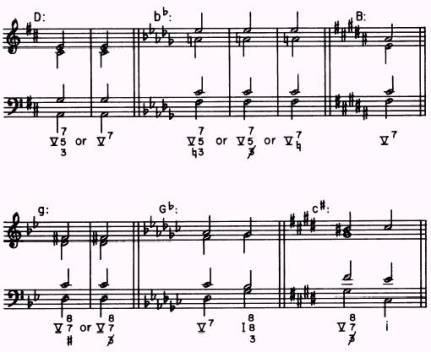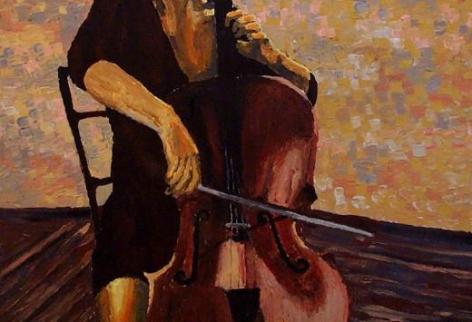(1) *Direct. (2) The subject of a fugue. (3) An abbreviated orchestral score.
Monthly Archives: February 2015
arpeggiate, arpeggiation
Abwechseln [Ger.]
To alternate, as when a single player alternates in playing two instruments.
lyric
fugue
[Fr. fugue; Ger. Fuge; Lat., It., Sp., fuga]. (1) The most fully developed procedure of imitative counterpoint, in which the theme is stated successively in all voices of the polyphonic texture, tonally established, continuously expanded, opposed, and reestablished; also the genre designation for a work employing this procedure. (2) In the Renaissance, *imitation. (3) In the Middle Ages, *canon.
gamut
(1) A contraction of gamma ut [see Hexachord, Solmization]. (2) The entire range of diatonic pitches from G to e” (with the addition of b♭ and b♭’) forming the basis of discussions of pitch in the Middle Ages and Renaissance [see also Guidonian hand]. The pitches of the gamut constitute musica recta, the remainder of *musica ficta. (3) Range, compass.
figured bass
[Fr. basse chiffrée; Ger. bezifferter Bass; It. basso figurato, cifrato; Sp. bajo cifrado]. A bass part to which Arabic numbers (“figures”) have been added to indicate the accompanying harmonies. The strict realization in four parts of figured basses is a regular feature of instruction in *harmony [see also harmonic analysis].
chûte [Fr.]
In the 17th and 18th centuries, (1) a *cadent; (2) an *appoggiatura, falling or rising; (3) a figured *arpeggio with one or two inserted dissonances.




